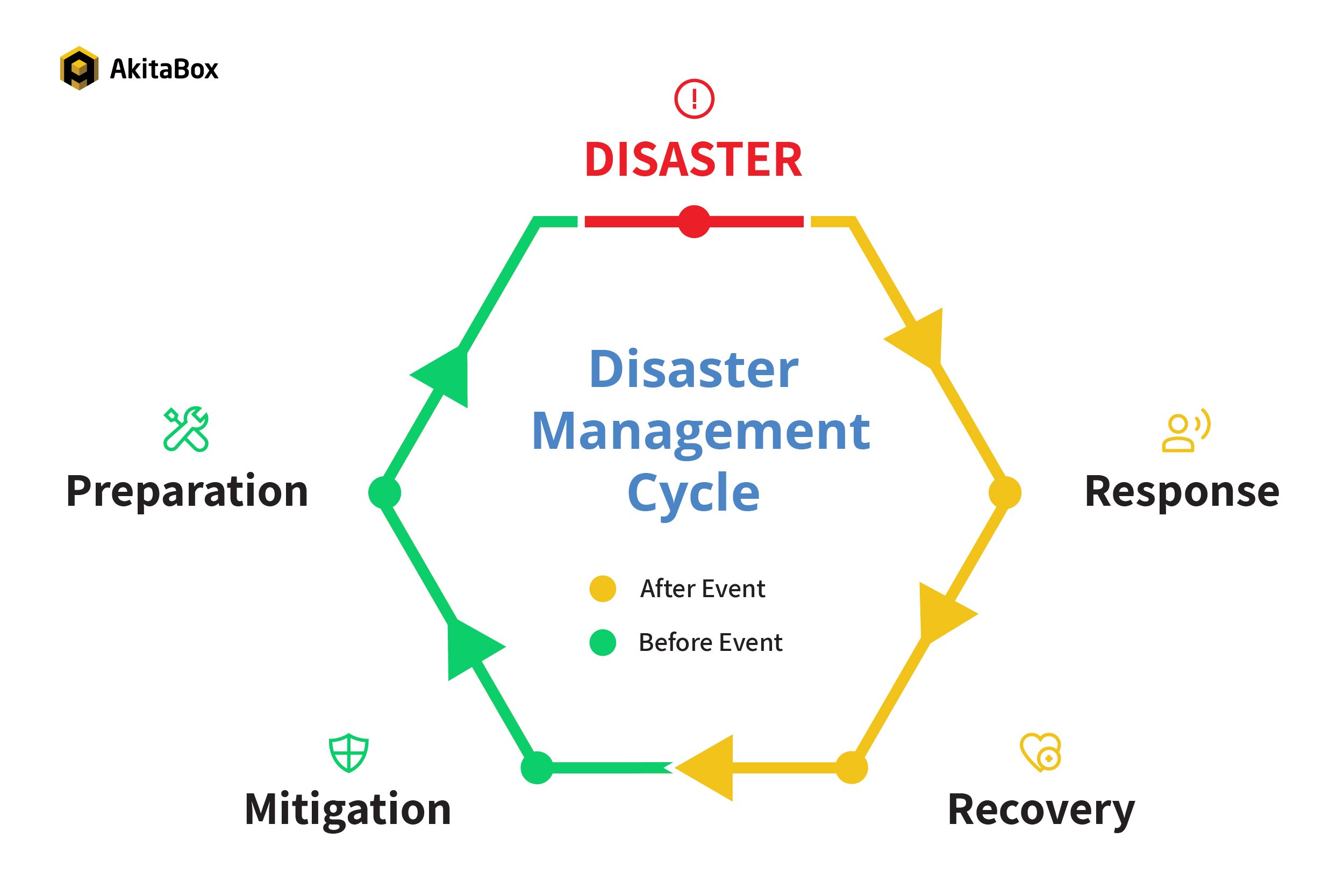
Opinion: Redouble efforts to reduce disaster risks
CURRENT AFFAIRS FOR 11TH SEPTEMBER, 2023
Opinion: Redouble efforts to reduce disaster risks
As leaders underscored in the G20 summit, ahead of the UNGA SDG summit in New York next week, the world stands at a critical juncture.
The aftershocks of the pandemic, the effects of a war, debt and food security crisis, along with the danger of climate risk are creating havoc.
India, already among the world's most disaster-prone countries, is experiencing this new reality acutely.
However, a good news is that we have solutions for both adaptation and mitigation at hand. The SDGs remain our best blueprint for peace and prosperity, together with commitments made in the Paris Agreement and the Sendai Framework for reducing disaster risks.
Plus, while the COVID-19 pandemic revealed our vulnerabilities to risks, it also forged new ways of working together, like India's CoWIN digital vaccine system.
Second, India's stewardship on disaster reduction. All the 28 states have prepared their own disaster management plans. Mortality from extreme weather events has fallen drastically in the recent years. India's early warning system for cyclones covers the entire coastline and has helped reduce cyclone related mortality by 90% over the last 15 years. The recent zero death toll of cyclone Biparjoy in Gujarat demonstrates the level of preparedness of the authorities.
The 15th Finance Commission in India introduced significant reforms to disaster risk financing. With a total allocation of $28.6 billion at the national and state levels for a period of five years, the government has provided sufficient resources for disaster preparedness, response, recovery and capacity development.
Internationally, India is promoting resilience and sustainability, including through the Coalition for Disaster Resilient Infrastructure. India's National Disaster Response Force responds to domestic disasters and is also regularly deployed to disaster zones around the world.
India's G-20 presidency established the first-ever work stream on disaster risk reduction— The Disaster Risk Reduction Working Group.
Disaster risk must be integrated at all levels, into how we build, how we invest, and how we live. Improving global data capabilities will help us predict and respond to the risks we are facing.
